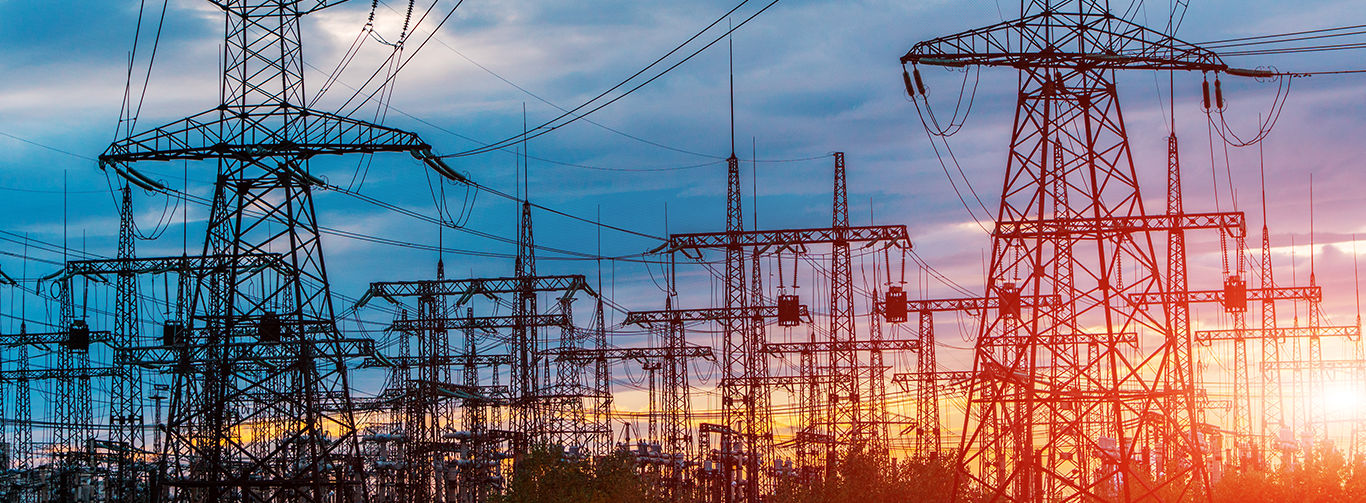Using Data to Offer the Ultimate Personalized Experience in Utility Customer Communications Is One Way to Succeed This Year

Do you want to know the biggest customer communications management trends for utilities in 2025?
You’ve come to the right place because we’ve got the eight top trends to watch out for right here. Keep reading to find out more.
1. Hyper-Personalization: It’s Time to Leverage Data
Hyper-personalization is a 2025 trend thanks to the rise of a customer-centric approach to business. Customers now demand humanized journeys that make every interaction feel personal and interactive.
Generative artificial intelligence (GenAI) is crucial to delivering these expectations, especially in regulated communications like the ones utilities must provide. And ZenDesk research reveals that 70% of Customer Experience (CX) leaders plan to integrate GenAI into most of their touchpoints within the next two years.
GenAI is powerful because it ensures that customer communications data is accurate and reliable. It manages data in real-time, from cleaning and extracting it to cataloging, labeling, and organizing.
Leveraging data with GenAI for hyper-personalization in 2025 is the best way to offer every customer a uniquely tailored experience that enhances engagement and streamlines your operations for faster and better service delivery.
2. Expanding the Omnichannel Experience
Customer communications management across all industries has always encouraged an omnichannel approach. Making regulatory communications and messages available in the channel of the customer’s choice, whether it be email, online portal, text message, or personalized video, is one of the best ways to build loyalty and engagement.
In 2025, the omnichannel communications experience will evolve even further to support the goal of providing a customer-centric approach.
Utilities must provide a true omnichannel experience, which means not only the availability of communications in the customer’s preferred channel but also a seamless connection across all platforms that pick up where other channels left off.
Here are some examples of a true omnichannel approach:
- A utility sends a pre-outage notification to customers, giving them an advanced warning that their service will be out on a specific date and time. Customers can receive an email with a link to a self-service portal to check on real-time updates.
- During the outage, the utility sends real-time updates via an online tracker available through a portal or app or sent to the customer via email or text. No matter which channel(s) the customer uses, they can view their location, estimated restoration time, and the technician’s progress and work status.
- The utility follows up with customers with a post-outage update. They email customers to thank them for their patience, let them know that they restored power, and provide an update on the work completed. Utilities can create a personal interactive video link to help customers better understand the upgrades made in their area.
The key here is that omnichannel communication in 2025 must be consistent across all channels, allow customers to choose how they prefer to receive their communications, give real-time updates, and allow for two-way interaction where customers can respond via specific channels.
This approach helps to streamline your operations, reducing pressure on customer support teams while increasing customer engagement.
Want to know how you can truly personalize your customer communications for increased customer satisfaction?
Contact our team of customer communication experts for a consultation today.
4. Modern Customers Want End-to-End Self-Service
In addition to hyper-personalization, customers in 2025 want hyper-convenience. They wish to manage everything from how they receive their bills to service upgrades and even how they report issues. Utilities can make this happen with a portal, apps, or AI tools like chatbots.
Portals, for example, allow customers to fill out required regulatory documents, and view account information or bills. AI tools like chatbots significantly improve efficiency by handling customer queries. They simplify the need to contact support teams by asking customers questions based on timely data.
For example, let’s say that a customer’s energy consumption increased from last year. A chatbot could suggest switching to another rate plan or offer an energy efficiency plan, all without the need for human intervention.
It’s crucial to note that it’s incredibly challenging to implement end-to-end self-service without a true omnichannel approach. Self-service requires integration across all channels and customer touchpoints. Utilities can only maintain a holistic view of the customer when all channels across the entire organization work together.
5. Invest in Personalized Interactive Video
Personalized interactive video will also advance in 2025. While utility customers previously benefited from a personal interactive video link to a summary of account information, it’s now possible to leverage technology further with the help of hyper-personalization.
Examples of personalized interactive videos include:
- Usage Over Time: Send customers a video comparing different usage trends and include tips on reducing consumption to lower monthly bills. The video can also include a promotion for a smart thermostat that helps the customer achieve that lower usage level.
- Self-Service Options: A personalized interactive video can include information on actionable items, such as paying a bill.
- GenAI Recommendations: Hyper-personalization efforts can also help send customers a video with suggested products, promotions, and ways to save energy based on their unique needs and preferences.
Using the next generation of video as a communication channel can help significantly boost service delivery and customer engagement.
6. Real-Time Updates with Crisis Communications
In day-to-day life, situations arise where disaster-recovery communications are imperative. In 2025, customers want to know what’s happened and if/how it will affect their service and rates. Timely updates provide a sense of security, which customers value and respect.
Events like floods, outages, or even a global pandemic require quick action, and the right customer communication management system to manage the urgency. Implement a solution that allows you to create scalable templates that you can send in the channel of the customer’s choice when needed.
7. Provide the Right Security and Compliance
Customer communication management (CCM) solutions in 2025 must stand up to cyber security threats and evolving regulations. 2025 will see utilities collecting large volumes of data for hyper-personalization, so it’s key to implement a security and compliance strategy that protects your business and customers.
With this new security standard, poor compliance issues can result in significant reputational damage and hefty financial penalties. Utilities in the United States, for example, must adhere to NERC (North American Electric Reliability Corporation) standards.
Ensure the CCM solution you invest in takes security and compliance seriously, especially regarding customer data, audits, and deletion. With the right strategy and solutions, you can build customer trust, provide regulation protection, create operational resilience, and ultimately improve the customer experience.
8. Empower Customers with Energy Education
Introducing renewable energy plans is a common goal for many utilities. Whether you’re meeting regulatory requirements like clean energy standards or the rise in demand for sustainable energy, offering communication around renewable energy education will help enhance the customer experience in 2025.
Consider offering customers the following:
- Workshops and Webinars – Offer customers the opportunity to attend learning sessions about renewable energy and ways to save.
- Energy Education Content—Develop blog posts, playbooks, and explainer videos that customers can access via the channel of their choice, ensuring a seamless and personalized educational experience.
- Gamification – Offer points to customers for completing educational courses for energy rebates.
- Energy Savings Calculator – Provide a special tool for customers to calculate the energy they save (or would save) per month by switching to renewable energy or reducing usage.
Customers are more likely to engage when you give them the options and tools to empower themselves. One of the biggest benefits of energy education is that it can increase engagement through this initiative.
Utility CCM: Seeing You Through Tomorrow and Beyond
2025 is an exciting year for customer communication management and utilities must evaluate their legacy systems now, or else they risk a significant rise in customer queries, complaints, or even delayed payments—all of which put a strain on the business.
Utilities have made progress by leveraging digital transformation initiatives to enhance customer communications management (CCM). Now, it’s time to elevate CCM to the next level.
These top utility trends for 2025 will help shape your CCM strategy today and for the future.








